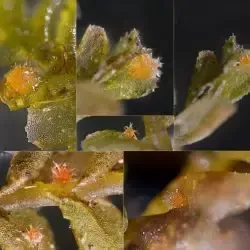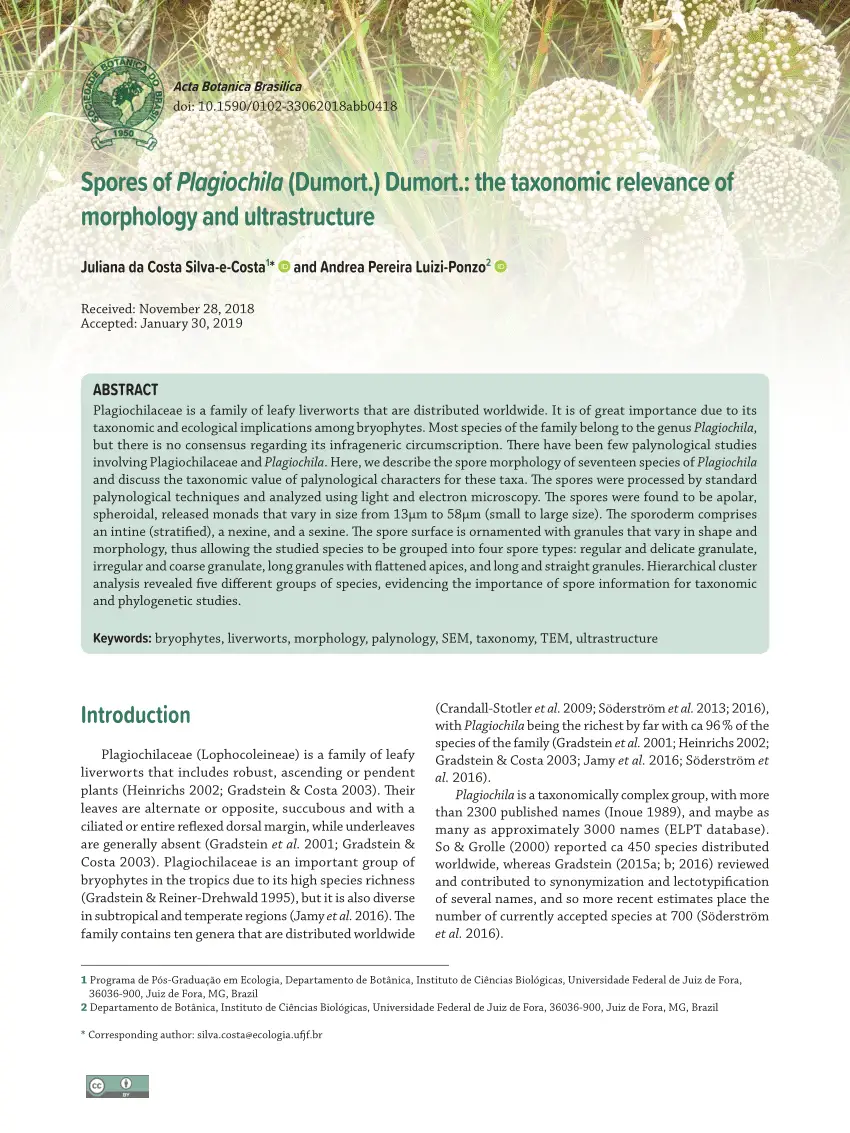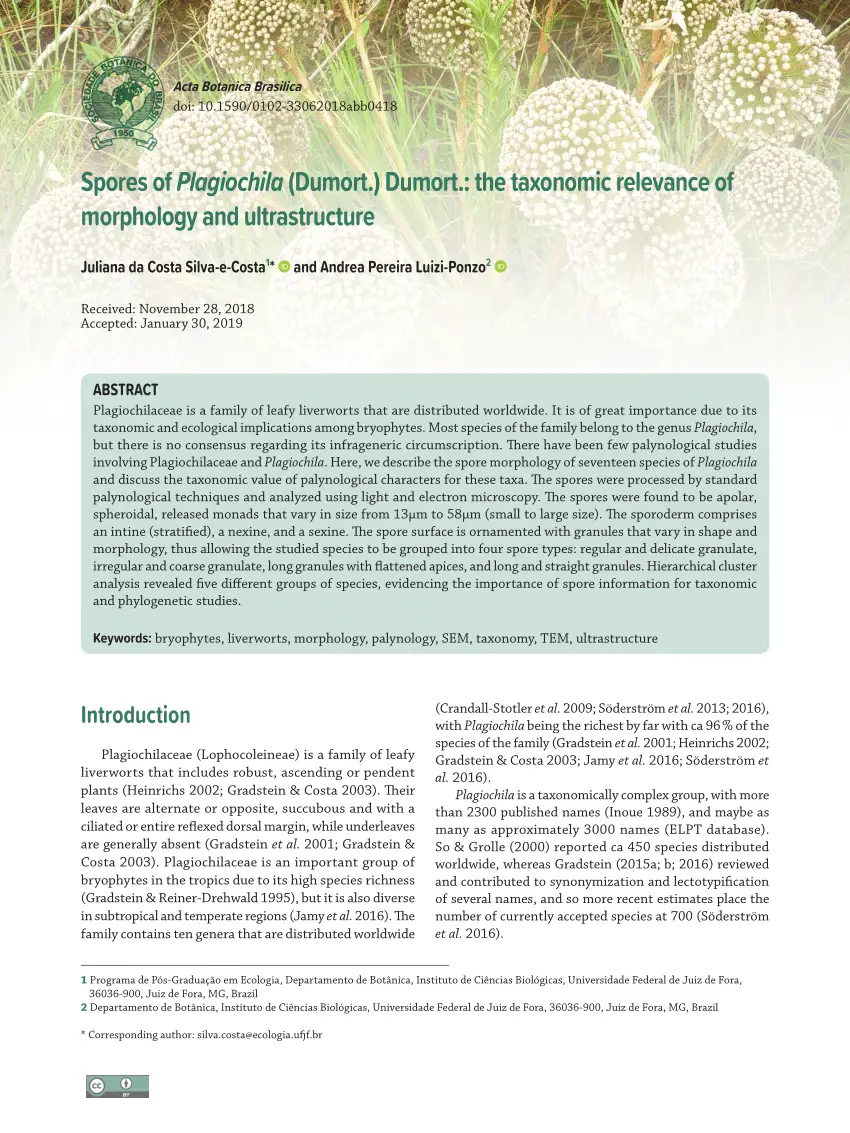Unveiling Plagiochila Moss: A Journey into the Enchanting Realm of Bryophytes
Affiliate Disclaimer: As an affiliate, we may earn a small commission when you make a purchase from any of the links on this page at no additional cost to you!
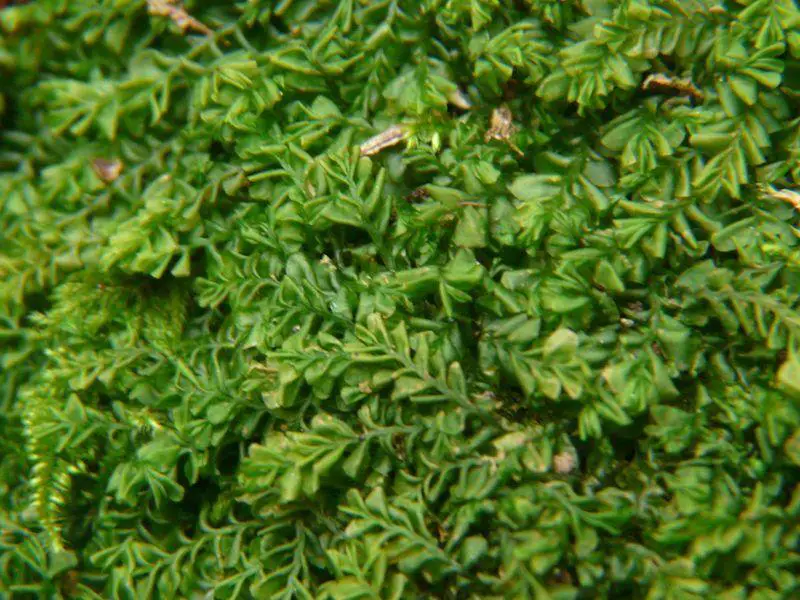
Plagiochila-cf.-asplenioides-(L.-emend.-Taylor)-Dumort.-129468.jpg from: https://www.biodiversidadvirtual.org/herbarium/Plagiochila-cf.-asplenioides-(L.-emend.-Taylor)-Dumort.-img129468.html
Exploring the Fascinating World of Plagiochila Moss
Introduction
Mosses are some of the most ancient and resilient plants on Earth, having evolved over 400 million years ago. One particularly interesting genus of moss is Plagiochila (Dumort.) Dumort., commonly known as Plagiochila moss. This blog post will dive into the captivating world of Plagiochila moss, exploring its unique characteristics, global distribution, ecological roles, and more. Get ready to be amazed by this small but mighty plant!

img-z30-1_65.jpg from: https://bioone.org/journals/cryptogamie-bryologie/volume-43/issue-5/cryptogamie-bryologie2022v43a5/The-Genus-iPlagiochilai-Dumort-Dumort-Marchantiophyta-in-Madagascar/10.5252/cryptogamie-bryologie2022v43a5.full
Background on Plagiochila Moss
Plagiochila moss belongs to the Plagiochilaceae family in the division Marchantiophyta, class Jungermanniopsida. The genus Plagiochila contains over 400 species found across the globe. These mosses are characterized by their distinctive flattened, translucent leaves that are inserted obliquely on the stem and lack a midrib.
Morphology and Identification
Plagiochila mosses have a unique appearance that sets them apart. Their leaves are arranged in two rows and attach at an angle to the stem, giving the plant a slightly flattened look. The leaves lack a costa (midrib) and the leaf margins are often toothed or ciliate. Plagiochila species can vary in size, with shoots ranging from a few millimeters to several centimeters long.
Identifying Plagiochila to the species level usually requires microscopic examination of leaf and cell characteristics. However, with some practice, many species can be tentatively recognized in the field based on their growth form, leaf shape and orientation, and habitat.
Global Distribution and Habitat
Plagiochila mosses have a cosmopolitan distribution, found on every continent except Antarctica. They thrive in a variety of habitats, from lowland tropical rainforests to temperate woodlands to subalpine environments. Many species grow as epiphytes on tree trunks and branches or on rotting logs, while others colonize soil, rocks, or stream banks.
Some notable hotspots of Plagiochila diversity include:
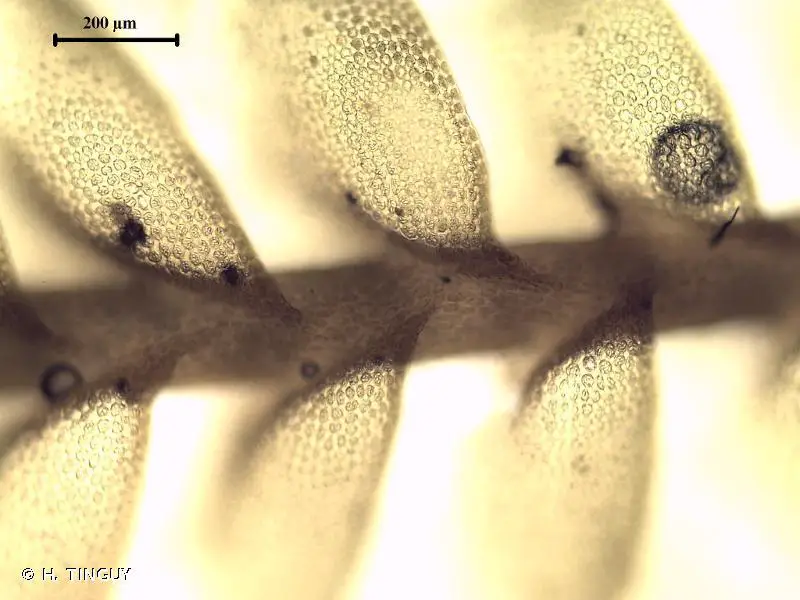
387151.jpg from: https://inpn.mnhn.fr/espece/cd_nom/6476
- The Andes Mountains of South America
- Madagascar and the East African islands
- The Himalayan region of Asia
- Australasia
t_9c647f601ac72212fc305ab813bb0087.jpg from: https://www.asturnatura.com/especie/plagiochila-asplenioides
, especially New Zealand and Papua New Guinea
Ecological Roles and Adaptations
Like other mosses, Plagiochila plays important roles in their ecosystems:
- Nutrient cycling: They trap and store water and nutrients, releasing them slowly into the environment.
- Microhabitats: The dense mats formed by Plagiochila provide shelter and moisture for small invertebrates and other organisms.
- Pioneer species: They are often among the first plants to colonize disturbed areas, helping to stabilize soil and pave the way for succession.
largepreview.png from: https://www.researchgate.net/publication/360631517_The_genus_Plagiochila_Dumort_Dumort_in_Madagascar
largepreview.png from: https://www.researchgate.net/publication/332018580_Spores_of_Plagiochila_Dumort_Dumort_the_taxonomic_relevance_of_morphology_and_ultrastructure
Plagiochila mosses have evolved several adaptations to thrive in their environments:
- Desiccation tolerance: Many species can survive periods of drying out, quickly reviving when moisture returns.
- Leaf structure: The flattened, translucent leaves allow light to penetrate for photosynthesis while still conserving moisture.
- Asexual reproduction: In addition to sexual reproduction via spores, Plagiochila can propagate clonally through gemmae or leaf fragments, allowing rapid colonization of local areas.
Conclusion
Plagiochila is a diverse and ecologically important genus of moss with a fascinating array of morphological and physiological adaptations. From the cloud forests of the Andes to the temperate woodlands of Europe, these unassuming plants quietly play crucial roles in their ecosystems.
The next time you’re out in nature, take a closer look – you might just spot some Plagiochila brightening up a log or tree trunk! What other secrets of the moss world remain to be uncovered?

